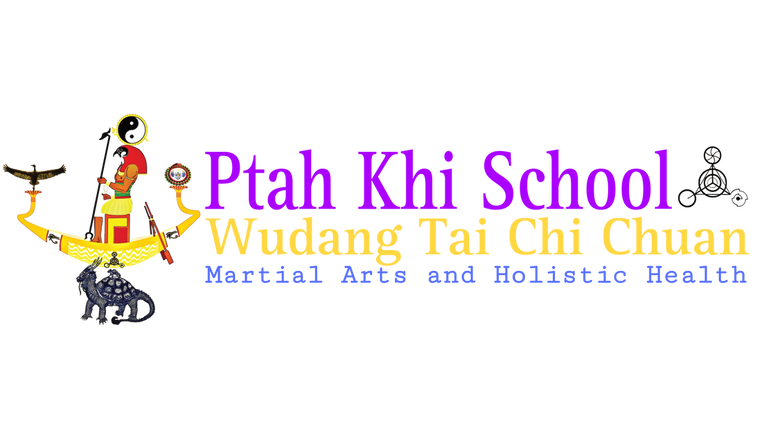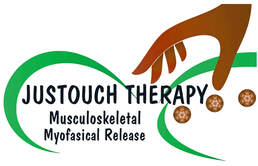Techniques used during treatments
During a treatment there are a lot of variable so some techniques are used some are not we may spend time using one or two of these approach to balancing the body and releasing of pain and dis-comfort and putting you back on the path of renewed heath and wellbeing. However all treatments begin with a Myofascial Release approach this is performed directly on skin without oils, creams or machinery. This enables detections fascial restrictions and apply the appropriate amount of sustained pressure to facilitate release of the fascia and supporting techniques.
soft tissue massage
Soft tissue massage involves direct physical action on the muscle and other soft tissues of your body. Soft tissue techniques such massage targets your muscles, tendons, ligaments, or other connective tissue such as fascia. Massage is the best known example of a soft tissue technique. A soft tissue massage includes a whole range of massage depths, pressures and durations. Your remedial massage therapist is a professional who understands what techniques are right for your body at any given time. Your soft tissue massage aims to alleviate aches, pains and injuries that are attributed to your body’s soft tissues.
harmonics
Harmonic movement are rhythmic, cyclic movements found in nature and also in man. The swinging movements of a pendulum or a spring are harmonic movements. The characteristic of these systems is that they transform – in different stages of the movements and in a cyclic manner – kinetic energy into potential energy and vice versa. The oscillating system can therefore both conserve and return energy. Some sequences of bodily movement are harmonic and swinging: for example, the movement of the arms while walking. The pelvis effects a harmonic three-dimensional movement around three axes in space. Every vibrating movement of one part of the body has six degrees of freedom. If it were not for the energetic and mechanical damping effects, the frequency of an oscillating system would remain constant. In biological systems, the damping effects depend on the flexibility of different tissues and liquids.
manual therapy
Often people get diagnosed with a pulled muscle in their back and are instructed to treat it with rest, ice and massage. While these techniques feel good, the pain often returns because the muscle spasm is in response to a restricted joint. Manual/physical therapy is a combination of manipulation/mobilization which involves loosening up the restricted joint and increasing its range of motion by providing slow velocity (i.e. speed) and increasing amplitude (i.e. distance of movement) movement directly into the barrier of a joint, moving the actual bone surfaces on each other in ways patients cannot move the joint themselves. These mobilizations should be painless unless the aims is to approach the musculoskeletal barrier and gently move within that area to expand flexibility or restore joint function.
lymphatic drainage
Developed in the 1930s, lymphatic drainage is a delicate form of massage that stimulates the body’s lymphatic system, improving the metabolism, helping the body to eliminate waste and toxins and providing a boost to the immune system. The lymphatic system is responsible for helping fluid and waste leave the body and for regulating the immune system. When the lymphatic system becomes blocked, fluid builds up and stagnates, causing the entire system to become toxic, making us feel sluggish and more susceptible to viral or contagious diseases. By stimulating this system through massage, it works more efficiently, which in turn boosts the immune system, clears blockages, eliminates toxins, transports nutrients to cells and increases the metabolism.
myofascial release
Myofascial Release is a safe and very effective hands-on technique that involves applying gentle sustained pressure into the Myofascial connective tissue restrictions to eliminate pain and restore motion. This essential “time element” has to do with the viscous flow and the piezoelectric phenomenon: a low load (gentle pressure) applied slowly will allow a viscoelastic medium (fascia) to elongate. Trauma, inflammatory responses, and/or surgical procedures create Myofascial restrictions that can produce tensile pressures of approximately 2,000 pounds per square inch on pain sensitive structures that do not show up in many of the standard tests (x-rays, myelograms, CAT scans, electromyography, etc.) The use of Myofascial Release allows us to look at each patient as a unique individual. These one-on-one therapy sessions are hands-on treatments during which our therapists use a multitude of Myofascial Release techniques and movement therapy. We promote independence through education in proper body mechanics and movement, self treatment instruction, enhancement of strength, improved flexibility, and postural and movement awareness. Many chronic pain conditions are caused by myofascial trigger points. A trigger point is a hyper irritable spot located in a taught band of skeletal muscle. When the muscle is in a state of traumatic dysfunction (poor posture, injury or inflammation) the hyper irritable trigger point will produce a local pain and also pain in a referred pattern. of Myofascial Pain and Discomfort, The Trigger Point Manual. Patients may have regional, persistent pain resulting in a decreased range of motion in the affected muscles. Palpation of the trigger point will elicit pain directly over the affected area and/or cause radiation of pain toward a zone of reference sometimes creating a local muscular twitch response. Trigger points are also common causes of headaches, jaw pain, sciatica, sinusitis and low back pain.
solestry (foot reading)
neurology techniques
Strain-Counterstrain
This technique focuses on correcting abnormal neuromuscular reflexes that cause structural and postural problems, resulting in painful 'tenderpoints'. The therapist finds the patient's position of comfort by asking the patient at what point the tenderness diminishes. The patient is held in this position of comfort for about 90 seconds, during which time asymptomatic strain is induced through mild stretching, and then slowly brought out of this position, allowing the body to reset its muscles to a normal level of tension. This normal tension in the muscles sets the stage for healing. This technique is gentle enough to be useful for back problems that are too acute or too delicate to treat with other procedures. Strain-counterstrain is tolerated quite well, especially in the acute stage, because it positions the patient opposite of the restricted barrier and towards the position of greatest comfort.
Muscle Energy Techniques
Muscle energy techniques (METs) are designed to mobilize restricted joints and lengthen shortened muscles. This procedure is defined as utilizing a voluntary contraction of the patient's muscles against a distinctly controlled counterforce applied from the practitioner from a precise position and in a specific direction. Following a 3-5 second contraction, the operator takes the joint to its new barrier where the patient again performs a muscle contraction. This may be repeated two or more times. This technique is considered an active procedure as opposed to a passive procedure where the operator does all the work (such as joint mobilizations). Muscle energy techniques are generally tolerated well by the patient and do not stress the joint.



